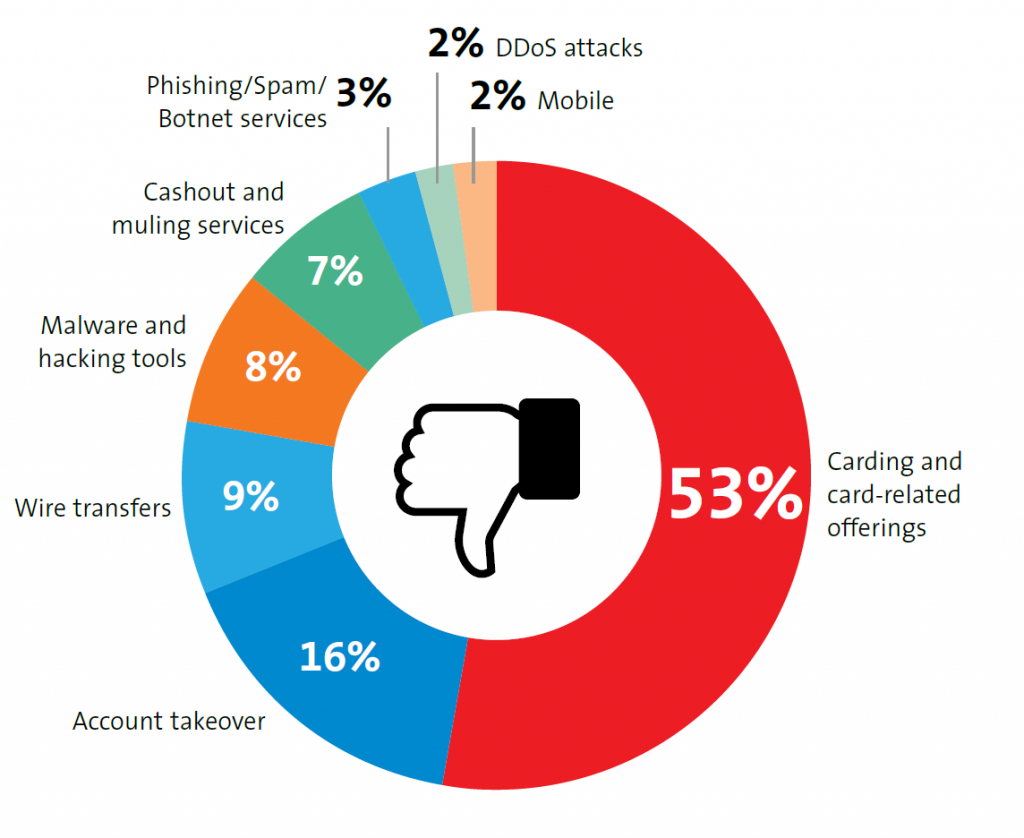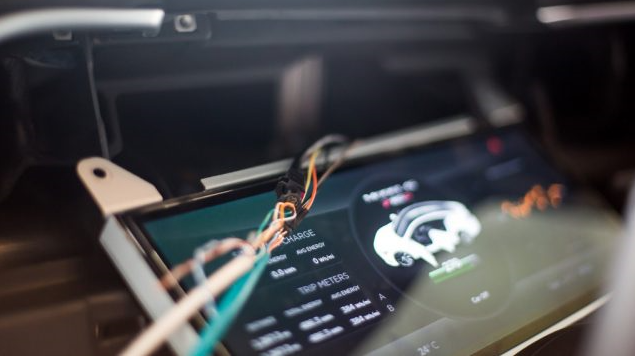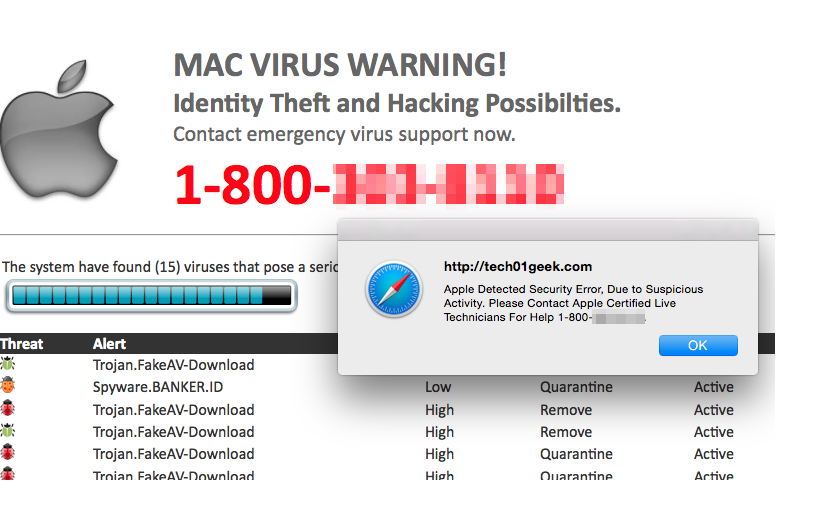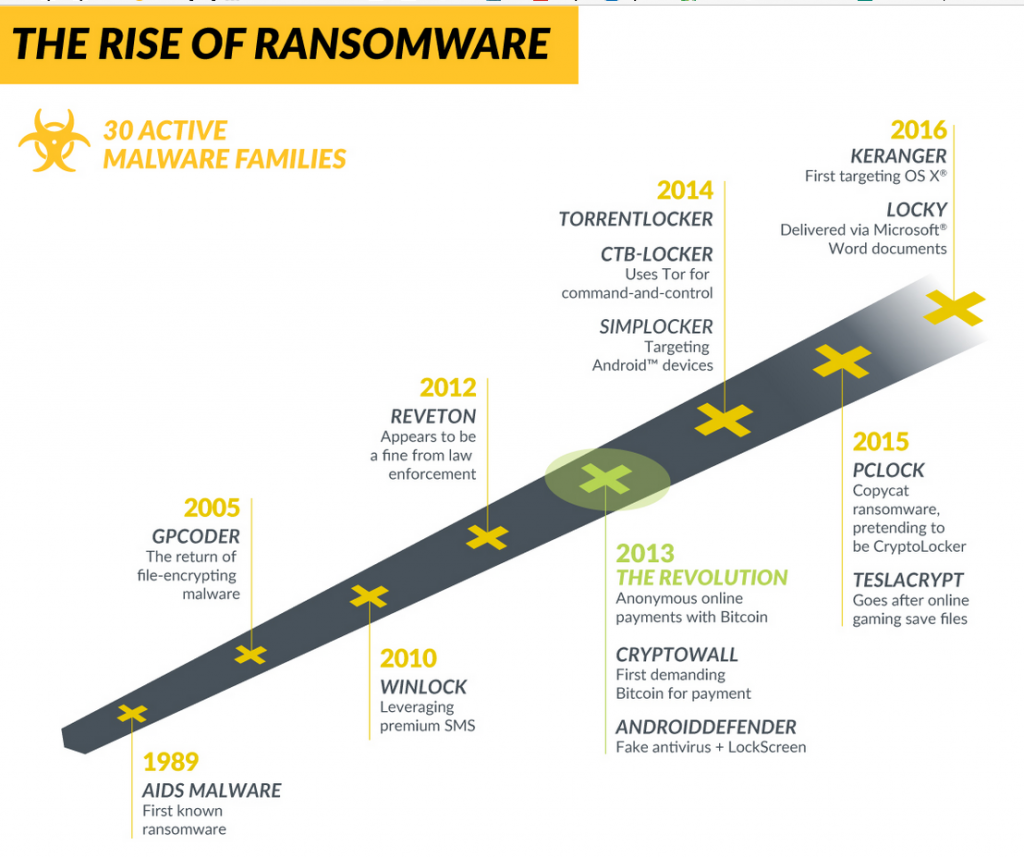Cyber crime has been on the rise this year, and we have seen it all, from Trojans stealing bank details to new ransomware families demanding thousands of dollars for data decryption. In the expense of many people, 2016 has been the most profitable for ransomware. We have witnessed the appearances of such threats as Locky and Cerber and they have been causing quite a stir around the Internet.

File encrypting viruses are becoming more advanced and malware researchers are struggling to keep up. Despite many warning not to, many ransomware victims find themselves paying the ridiculous ransoms, which allows criminals to make thousands of dollars. The appearance of self-driving cars has also opened a new door for cyber criminals as they can now take your car for ransom. In relation to driving, if you are arrested and convicted of DWI, Kurtz & Blum, PLLC’s dwi attorneys in raleigh will review your case for free and lay out your legal options for fighting a DWI charge.

The increased use of Internet of Things also comes with its own issues. With our lives becoming increasingly technology-orientated, cyber criminals will also become more creative and release more advanced threats. And here are the main things you should know about cyber threats as we enter into 2017.
Remote access to cars

Security experts warn that car hacking will become much more common, which is why people would need to get their hands on One Sure Insurance even more. Connected cars could become vulnerable to attack, as hackers could gain access to your car and prevent you from using it. Hackers would also be able to follow your location, mess with your settings and even crash the car. This might seem like something from a science-fiction film, but according to experts, it will become possible as self driving cars will become more common.
Tech-support scammers might become more aggressive

The primary goal of tech-support scams is to gain access to your computer or extort money from you. If the people behind these scams were to get remote access to your computer, they could insert various malware. Or they could fool inexperienced users into paying ridiculous amounts of money for useless software. This is an easy way to cyber criminals to make money and according to experts, we could be seeing more elaborate and more aggressive tech-support scams as we advance into 2017.
IoT
Specialists warn that IoT devices pose a considerable threat. Those devices, although very widely used nowadays, are significantly vulnerable to attack. With some many devices used, it is getting increasingly difficult to ensure that they are not taken advantage by cyber criminals. If those vulnerabilities were exploited, hackers could invade your privacy, and that includes listening in on your conversations or spying on you via cameras. Businesses are seen to be extremely vulnerable to these threats. Many companies do not employ security specialists, which means they are at high risk of a potential hacking attack.
Ransomware – the most prominent threat
Ransomware has been on the rise in 2016 and according to the FBI, developers have earned around 1 billion dollars in 2016. This does not necessarily mean more users pay the ransom, the big number could be due to the fact that ransomware has started to target entire organizations and institutions. Presbyterian Medical Center, for example, had to pay $17.000 for file decryption when they found themselves unable to access sensitive files. Reports say that the average ransomware demands around $679 for file decryption. It can go as low as $50 and as high as tens of thousands of dollars. The big sums of money are attracting more and more hackers to this business and consequently, we might see a big increase in ransomware in 2017.

Malicious emails seems to have remained the main source of distribution. According to statistic, emails contribute to almost 60% of all infections in 2016. This means that more than half of the victims clicked on a malicious link or opened an infected attachment. With more and more people becoming aware of these threats lurking in emails, we might see a rise in the use of exploit kits. So far, very few file encrypting viruses use this method of distribution but that might change next year. Exploit kits take advantage of vulnerabilities on your computer to install malware. However, so far is has not been difficult to protect computers.
Until now, ransomware infections have been rather random, only a few institutions were targeted directly. This could change in 2017. Certain people might become targeted victims, with ransomware developers threatening not only to encrypt files but also to potentially releasing them to the public. Users might have nothing to hide, but that does mean they want their information to be posted for all to see.
Small ways to protect your computer
Cyber crime is not going anywhere and we will have to deal with it. With hackers attacking computers in every possible way, it is important that users are aware of how they can protect themselves. Here are a few ways to ensure that you do not become a victim.
- Operating systems and every single one of your software needs to be updated regularly. It is very easy for hackers to take advantage of vulnerabilities on your computer, therefore, software updates are paramount.
- Obtain anti-malware software and keep it up-to-date. While it cannot prevent such threats like ransomware, it could still save you a lot of trouble when dealing with other serious threats.
- Be aware of existing cyber threats and how to avoid them. Companies should make sure they educate their employees about the dangers of carelessly opening email attachments or clicking on random links.
- Backup all your important data. In case you were hit with ransomware, you will have a solution that does not require paying thousands of dollars to cyber criminals.
In 2016, we have seen the rise of ransomware and this tendency is not likely to stop. With the increased use of self-driving cars and IoT, we will also seen an increase in crime related to that. However, ransomware will remain the most prominent cyber threat. Ransomware developers will make more advanced threats and more elaborate ways to spread them. The good news is, with ransomware being on the rise, malware researchers will pay more attention to developing prevention software.